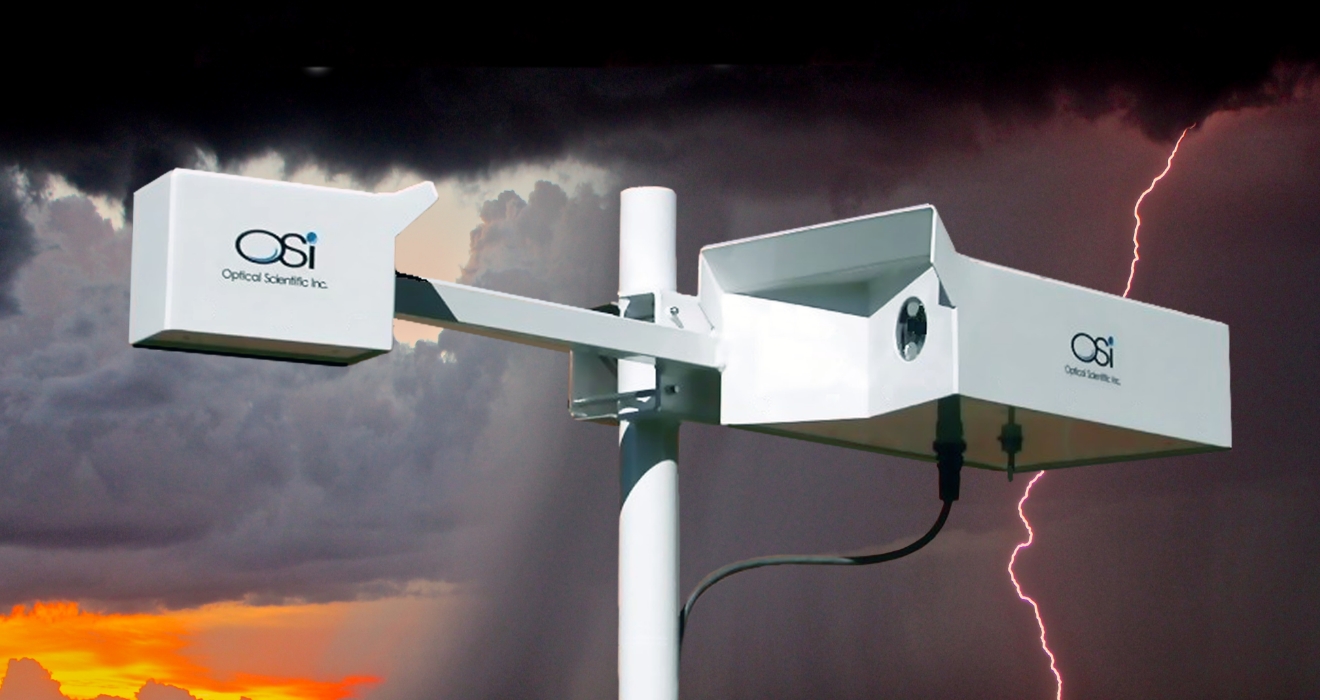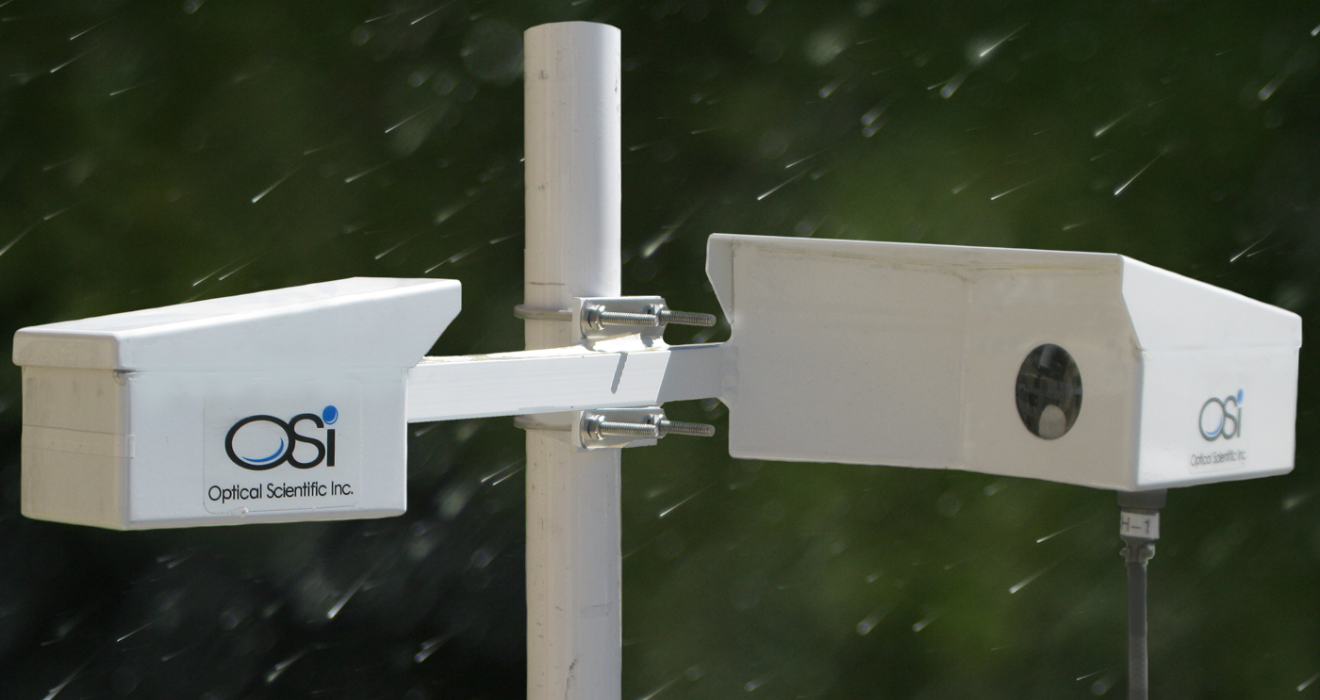Why Aluminium Smelters need advanced optical anemometry for Airflow Management?

Aluminium smelting is an energy-intensive process that generates significant emissions, including hydrogen fluoride (HF), sulfur dioxide (SO₂), and particulate matter. Effective airflow management is crucial to control these emissions, ensure worker safety, and maintain process efficiency. Traditional airflow measurement methods often fall short in the harsh environments of smelters. Advanced optical anemometry offers a non-intrusive, accurate, and low-maintenance solution for monitoring airflow in aluminium smelting facilities.
With growing regulatory scrutiny and an increasing emphasis on sustainability, aluminium smelters must adopt more advanced technologies to meet environmental standards and optimize operations. Airflow monitoring is not just about ventilation—it directly impacts energy usage, emissions control, and occupational safety. Optical anemometry, which uses laser-based or light-based systems to measure airflow, has proven to be highly effective in hostile industrial environments. It delivers real-time data that enhances decision-making and enables proactive control of emissions. As the aluminium industry seeks greater efficiency and sustainability, optical anemometry is emerging as a vital tool for future-ready smelting operations.
1. Understanding Optical Anemometry in Aluminium Smelting
Optical anemometry involves measuring airflow by analyzing the propagation of light beams across a flow path. Unlike traditional point sensors, optical anemometers provide spatially averaged measurements, capturing a more representative picture of airflow dynamics in large and complex environments like smelter potrooms. This technology is particularly suited for the high-temperature, corrosive, and dusty conditions found in aluminium smelters.
2. Challenges in Airflow Management within Smelters
Aluminium smelters present unique challenges for airflow measurement:
- Harsh Environmental Conditions: High temperatures, corrosive gases like HF, and particulate matter can degrade traditional sensors.
- Large-Scale Facilities: Smelters have expansive potrooms and ventilation systems, making point measurements insufficient.
- Dynamic Airflow Patterns: Airflow can vary significantly across different areas, requiring comprehensive monitoring.
These challenges necessitate a robust and reliable airflow measurement system that can withstand the smelting environment and provide accurate data.
3. Advantages of Optical Anemometry over Traditional Methods
Optical anemometry offers several benefits over conventional airflow measurement techniques:
- Non-Intrusive Measurement: Optical systems do not require physical contact with the airflow, reducing maintenance and avoiding interference with the process.
- High Accuracy: By measuring across a beam path, optical anemometers provide more accurate and representative airflow data.
- Low Maintenance: With no moving parts and resistance to harsh conditions, optical systems require less frequent maintenance.
- Real-Time Monitoring: Optical anemometers offer continuous, real-time data, enabling prompt detection of airflow anomalies.
These advantages make optical anemometry a superior choice for airflow management in aluminium smelters.
4. Enhancing Emission Control through Accurate Airflow Measurement
Effective emission control in aluminium smelters relies on precise airflow management. Optical anemometry contributes to this by:
- Monitoring Ventilation Efficiency: Ensuring that ventilation systems are operating effectively to capture and remove emissions.
- Detecting Fugitive Emissions: Identifying unintended releases of gases like HF and SO₂ through continuous monitoring.
- Supporting Regulatory Compliance: Providing accurate data to demonstrate adherence to environmental regulations.
By delivering reliable airflow data, optical anemometers help smelters maintain control over emissions and protect both workers and the environment.
5. Integration with Advanced Monitoring Systems
Optical anemometry can be integrated with advanced monitoring systems for comprehensive environmental control:
- Combined Gas and Airflow Monitoring: Systems like OPSIS DOAS use optical techniques to monitor both gas concentrations and airflow, providing a complete picture of emissions.
- Automated Data Analysis: Integration with data management software enables automated analysis, reporting, and alarm generation.
- Remote Monitoring Capabilities: Optical systems can be monitored remotely, facilitating centralized control and oversight.
This integration enhances the ability of smelters to manage emissions proactively and efficiently.
6. Improving Energy Efficiency and Process Control
Accurate airflow measurement contributes to energy efficiency and process optimization:
- Optimizing Ventilation Systems: Ensuring that fans and ducts operate at optimal levels to balance energy use and emission control.
- Enhancing Heat Recovery: Accurate airflow data supports the effective operation of heat recovery systems, reducing energy consumption.
- Stabilizing Process Conditions: Consistent airflow helps maintain stable temperatures and chemical conditions within the smelting process.
By supporting these aspects, optical anemometry aids in reducing operational costs and improving overall efficiency.
7. Case Study: LOA-105 Optical Anemometer in Smelter Applications
The LOA-105 is an example of an optical anemometer designed for smelter environments:
- Long-Range Measurement: Capable of measuring airflow over distances up to 3 km, suitable for large potrooms.
- Durability: Features HF-resistant windows and air-purged housing to withstand corrosive environments.
- Regulatory Approval: Received EPA Method 14 equivalency approval for measuring airflow in aluminium smelter roof vents.
The LOA-105 demonstrates the practical application and benefits of optical anemometry in real-world smelting operations.
8. Supporting Occupational Health and Safety
Worker safety is a paramount concern in smelting operations. Optical anemometry supports this by:
- Ensuring Adequate Ventilation: Monitoring airflow to maintain safe levels of air quality and temperature.
- Early Detection of Airflow Issues: Identifying ventilation failures that could lead to hazardous conditions.
- Reducing Exposure to Harmful Gases: Assisting in the control of emissions to minimize worker exposure to toxic substances.
By contributing to a safer working environment, optical anemometry plays a vital role in occupational health management.
9. Facilitating Environmental Compliance and Reporting
Regulatory compliance requires accurate and reliable data on emissions and airflow:
- Continuous Emissions Monitoring: Optical anemometry provides real-time data essential for continuous monitoring systems.
- Data for Environmental Reporting: Supplies the necessary information for regulatory submissions and audits.
- Demonstrating Best Practices: Use of advanced monitoring technologies reflects a commitment to environmental stewardship.
Optical anemometry thus supports smelters in meeting legal obligations and maintaining a positive public image.
10. Future Outlook: Smart Smelting and Industry 4.0 Integration
The integration of optical anemometry with Industry 4.0 technologies offers new opportunities:
- IoT Connectivity: Enabling real-time data sharing and remote monitoring through internet-connected devices.
- Predictive Maintenance: Using airflow data to anticipate and prevent equipment failures.
- Process Automation: Facilitating automated adjustments to ventilation systems based on real-time airflow measurements.
These advancements position optical anemometry as a key component in the evolution of smart smelting operations.
Conclusion
Advanced optical anemometry addresses the critical need for accurate, reliable, and low-maintenance airflow measurement in aluminium smelters. By overcoming the limitations of traditional methods, it enhances emission control, energy efficiency, worker safety, and regulatory compliance. As the industry moves towards smarter, more sustainable operations, optical anemometry will play an increasingly important role in achieving these goals.
Looking to improve airflow management at your aluminium smelting facility? Optical Scientific, Inc. delivers advanced optical anemometry solutions built to perform in the toughest industrial environments. Our precision airflow sensors provide continuous, maintenance-free, and highly accurate data — helping facilities optimize operations, enhance safety, and maintain regulatory compliance. Get a quote today to learn how our proven technology can support your plant’s performance.

